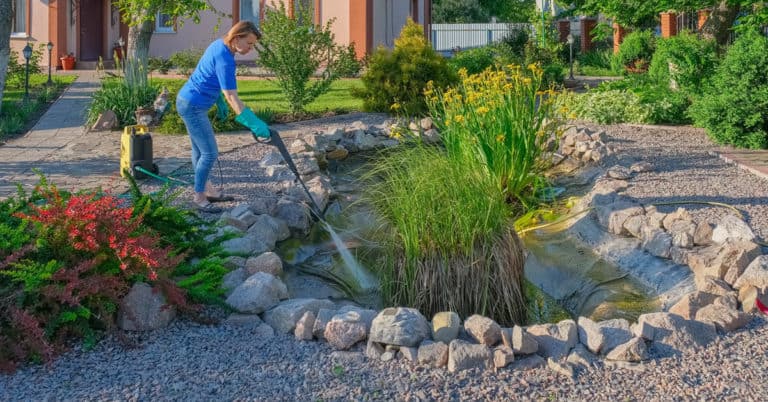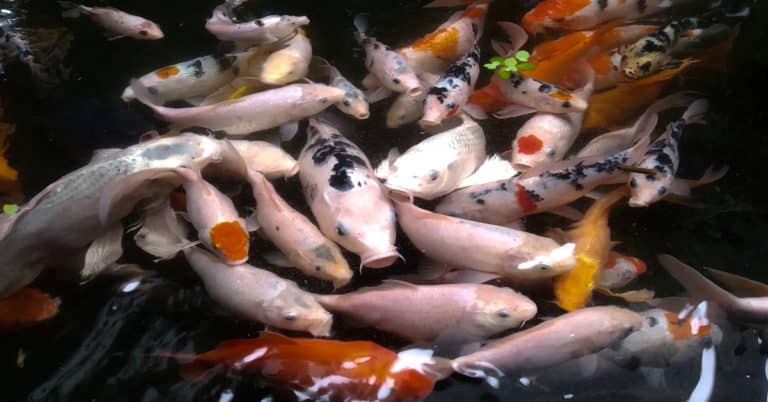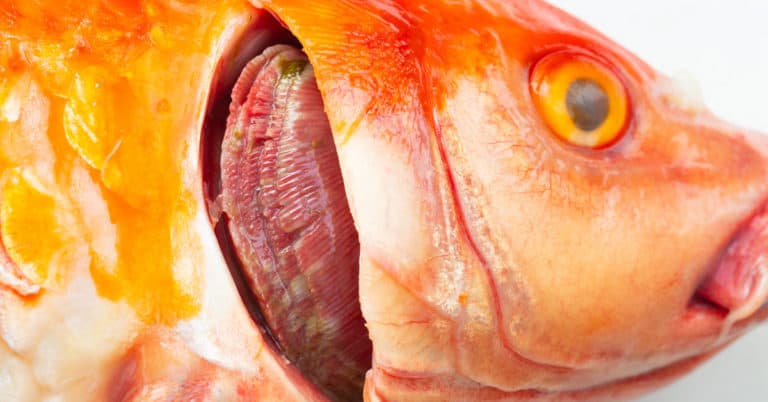The Sanke Koi fish is a beautiful Koi that’s very popular among both breeders and Koi owners. Its distinguished markings are undeniable, making it stand out against other types of fish.
The Sanke Koi fish has a rich history, so let’s take a closer look at what makes this unique creature so eye-catching and memorable.
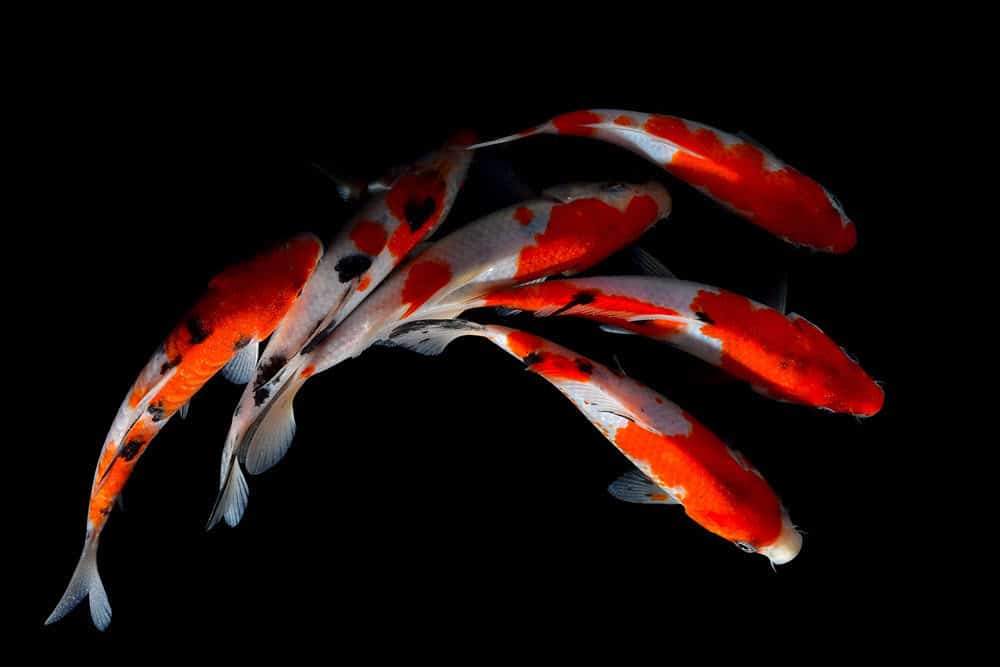
The Sanke Koi made its first official appearance at the Tokyo Exhibition in 1914, making its presence over 100 years old in modern history. However, the history of the Koi breed extends back even further than that.
Every breed of Koi fish can be traced back to the Common Carp. The first official identification of the carp was back in the 1750s where it was native to Eurasia. It could be found in the Black and Aral Seas and as far west as the Danube River.
After its discovery over 2,000 years ago, the carp was transplanted to countries like Japan and Korea and bred as a food source for the people there. Japanese farmers especially bred the carp abundantly, which is how the first mutations occurred.
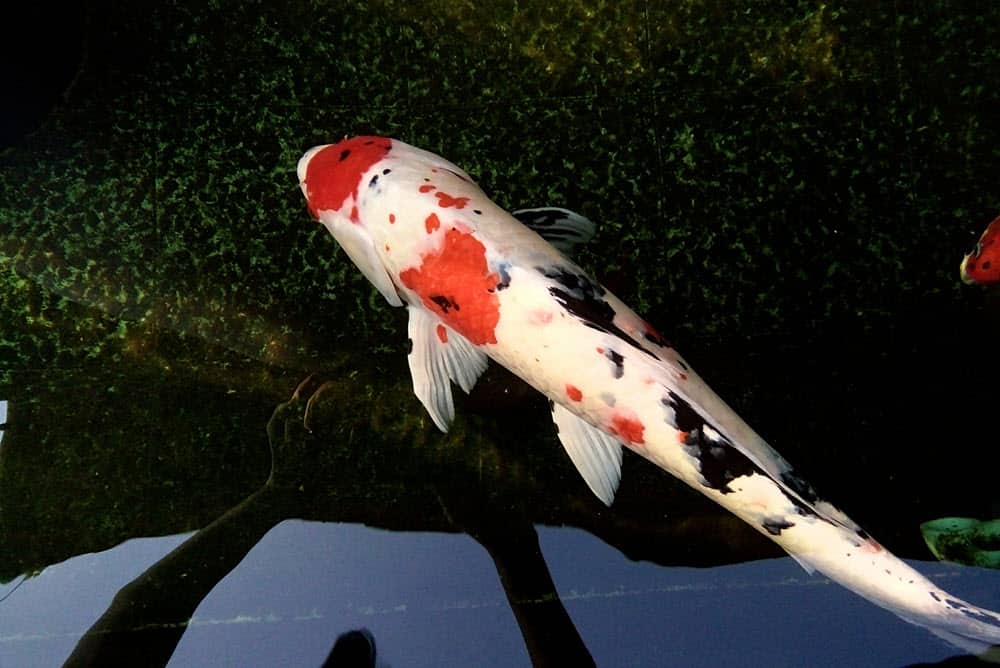
These mutations led to various color changes, which were quickly recognized as valuable and kept as collector items rather than food.
Eventually, keeping and breeding these colorful fish, later deemed Koi fish, became a fairly common hobby in Japan. While it’s believed that the first Koi fish originated in Japan in the early 1800s, it’s impossible to pinpoint the exact beginnings of the breed.
Fast-forward to today, and there are now over 100 different types of Koi. They are classified based on their patterns, colors, and body shapes, and one of those classifications is the Sanke Koi.
The Sanke Koi fish is most known for its unique colors and markings. The base of the fish is white. It sports both red markings and black markings across its body, with splotches of colors on its head, body, and tail.
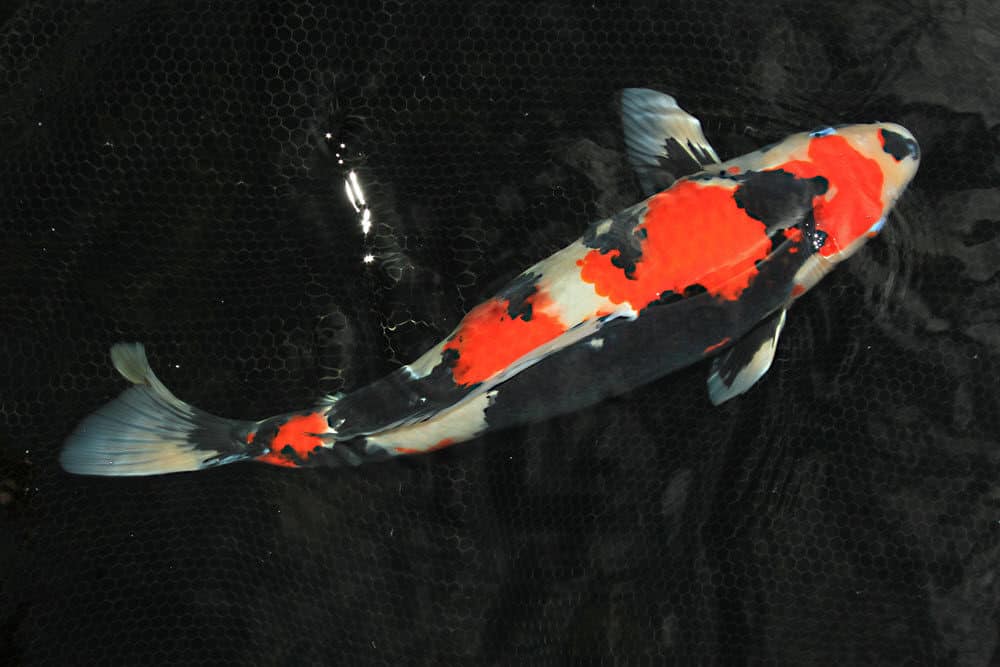
The white on a Sanke Koi is generally very vibrant, akin to the color of bright white snow. This detail is essential, as it serves as an excellent background for highlighting its red and black coloring.
When identifying a Sanke Koi, the first thing to look for is a vibrant red-orange shade for the red coloration. Some Sanke Koi will have a purplish-red color, which is more common and easier to maintain while breeding.
Many Koi fish have red-orange markings, but the black markings make a Sanke Koi a different breed. These markings tend to show up later in their life; you may not see any black colors appear at all until the fish is fully mature.
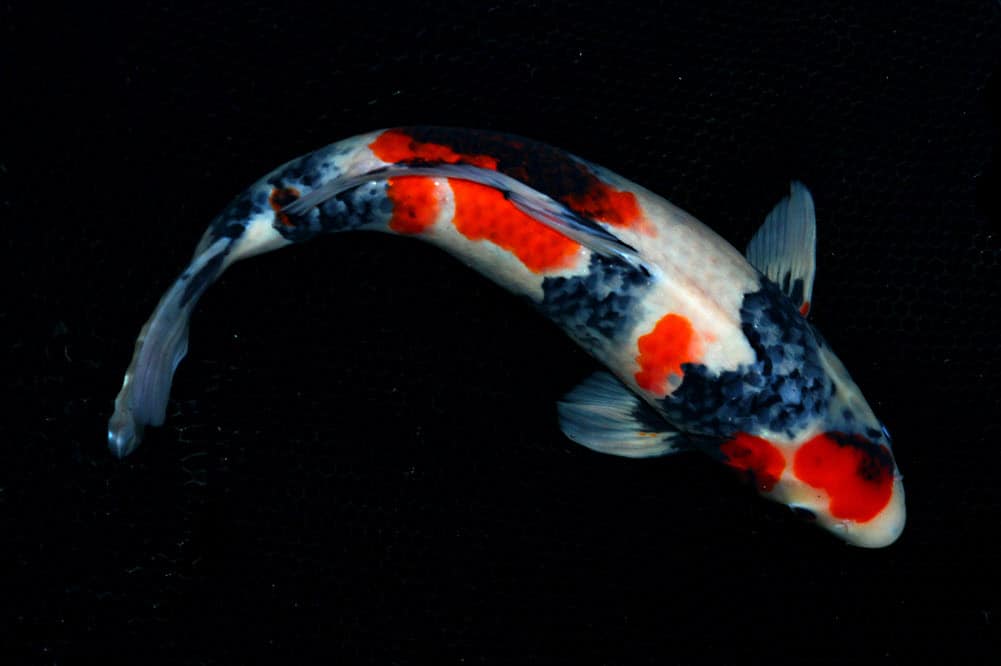
When the black markings appear, you will know it’s a Sanke Koi by their deep contrast and absolute difference from the other colors of the scales.
When compared to other species of Koi, the Sanke Koi’s pattern is quite simple. However, there is great beauty in its simplicity.
A Sanke Koi’s markings will sit only above the lateral line of the fish. In other words, the Koi’s belly should be all white with no markings on it.
The Sanke Koi has a very consistent pattern. These fish will have red and black markings in a reasonably balanced, even layout from head to tail. You shouldn’t see any particular part of the fish with heavier markings.
The most valuable and prized Sanke Kois have larger red patches accented with smaller black patches. However, it’s difficult to breed these exact patterns. Some Sanke Kois have red patches with white windows that slowly fade away over time.

Most breeders aim to secure Sanke Kois with little to no black on the head; it’s preferred to have a Sanke with a red head. The fins can have no markings, black markings, or even black strips.
On average, most breeds of Koi fish tend to live 25 to 35 years in captivity. These peaceful fish do best in tanks or ponds with at least 200 gallons of freshwater as adults. They prefer a warmer water temperature along with a little bit of mud.
While Koi are peaceful animals, they can be extremely greedy when it comes to food. Many owners make the mistake of over-feeding their Koi, which can impact their lifespan. However, they still do very well in groups and do best in settings with 5 to 15 fish.
These fish are also very active. Many owners choose to keep them in ponds rather than aquariums because they like to dig, explore, and flop in and out of the water.
If your pond is deep enough, your Koi will do just fine during the winter. They’ll hide out at the bottom to stay warm, where they’ll continue to explore and feed on algae.

